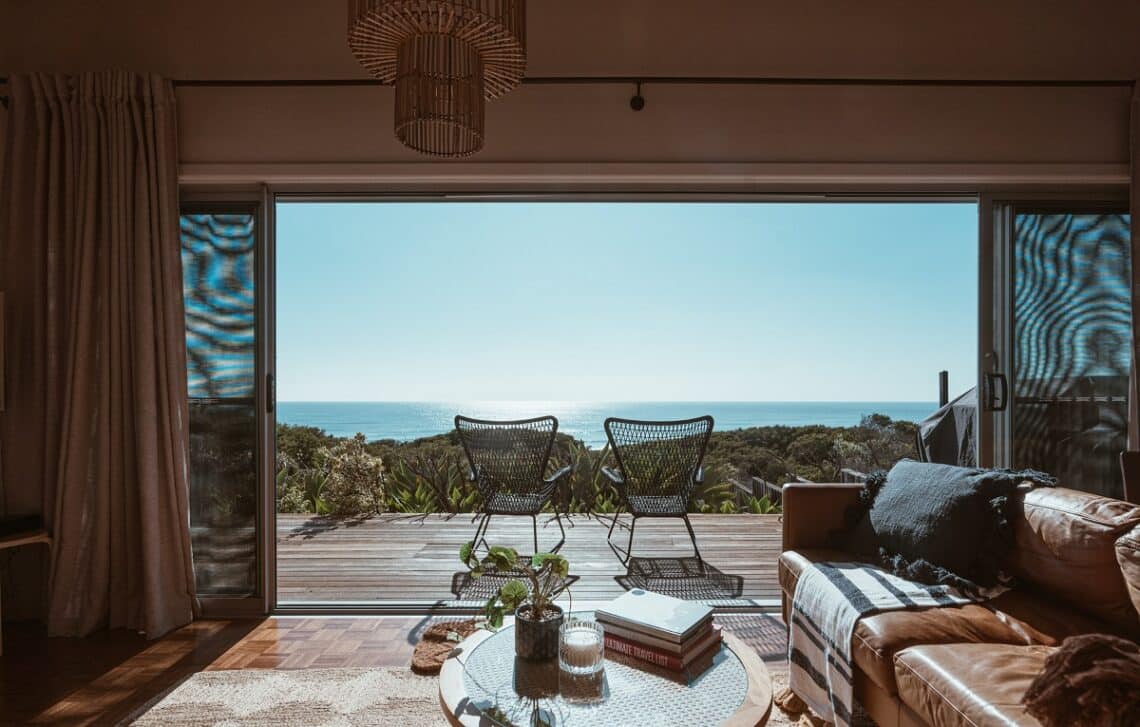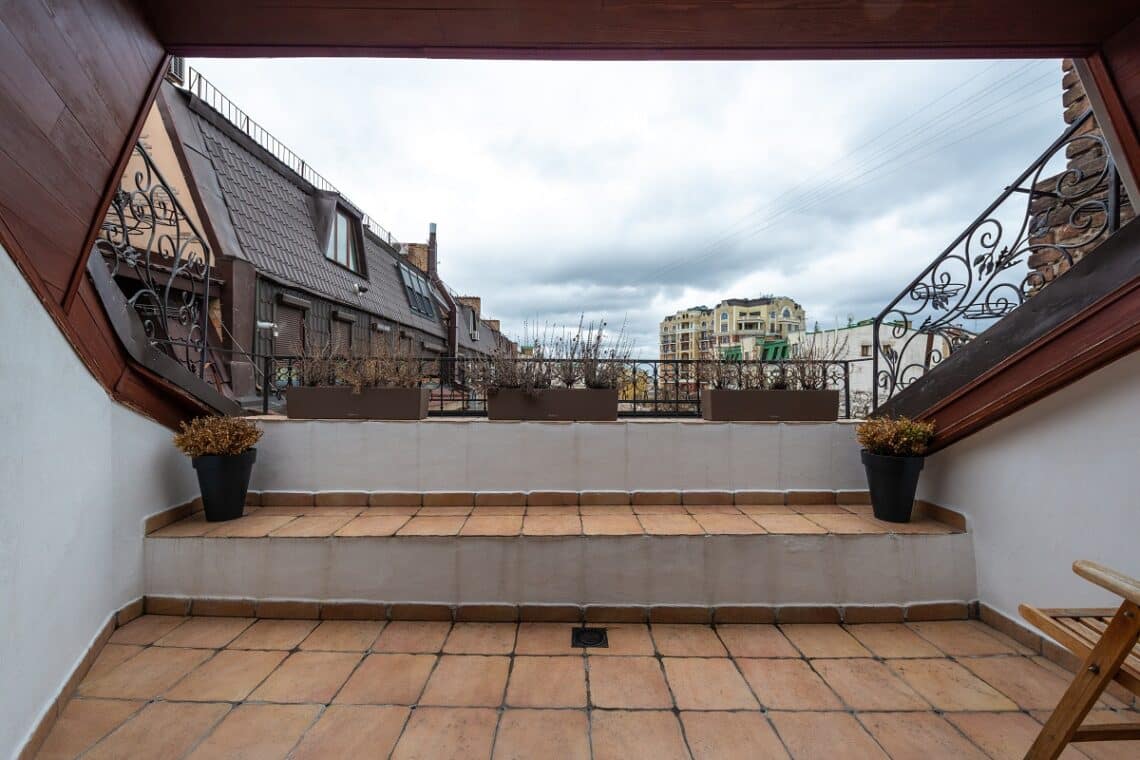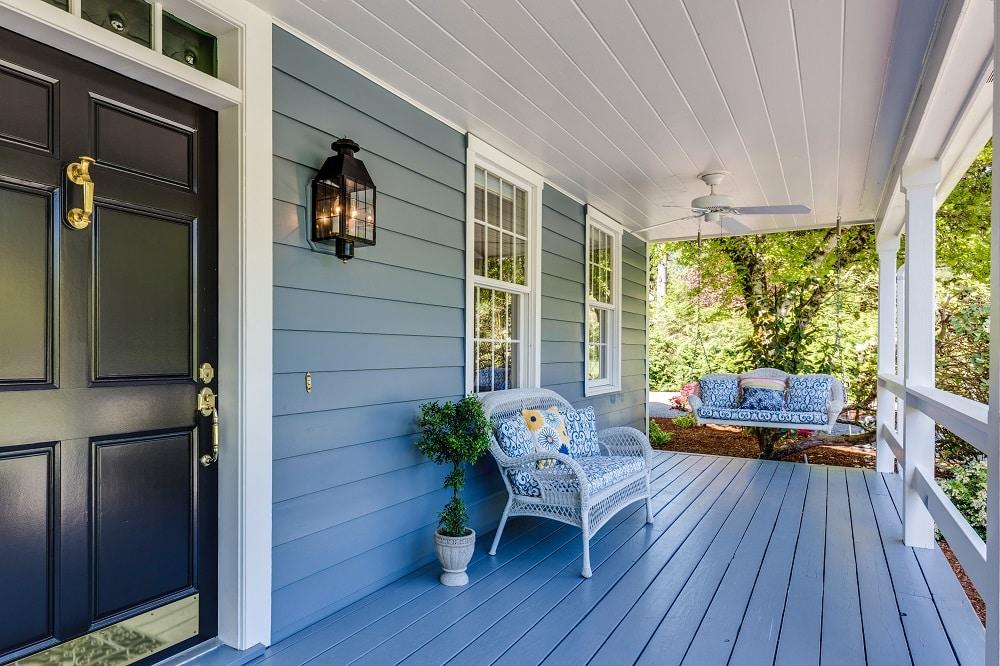Most people often use the word ‘veranda’ interchangeably with other outdoor structures such as patios, decks, and porches.
However, little do they know that it’s different from the other structures and that it has a bit of American history attached to it. To begin with, a veranda is a roofed, open-air porch that is usually enclosed with a parapet or railing despite being on the ground floor.
Often referred to as a ground-floor balcony, a veranda gives access both to the back door and the entrance of the house. But that’s not everything there is to know about it. In the next few sections of this article, we’ve explained everything about verandas, starting from their history to the various advantages it provides.
So, without further ado, let’s jump right in, shall we?

History Of The Veranda
Verandas were first found in Spanish colonial homes in the southwest region of America. And the word was derived from the Spanish ‘baranda’, which means railing. By the 19th century, they started becoming mainstream as a major architectural trend to improve the visual appeal of outdoor space across the US.
Soon many upper-class Americans started installing verandas in their homes, especially in the South, where the climate was warm enough to relax outdoors all year round. Today, it is a popular style to add a touch of elegance to the outdoor spaces in homes and commercial buildings.

Types Of Verandas
Believe it or not, identical-looking verandas are very hard to find, as most are optimized to meet the owners’ requirements. However, usually, there are two main types of verandas.
1. Contemporary Veranda
These verandas are used in modern homes. Besides sporting durable construction, contemporary verandas are also sleek and complement the exterior of the house. Apart from that, they feature either polycarbonate or glass curved roof panels.
2. Victorian Or Traditional Veranda
As far as Victorian verandas are concerned, they are made of wrought iron and have flat roofs featuring glass panels. Even though they are considered old school by some, they are still installed widely.
What Is The Use Of A Veranda
Generally, verandas serve a wide range of purposes. For starters, it provides an outdoor living space where people can enjoy their outdoor activities regardless of the prevailing weather condition. Furthermore, a veranda can add a touch of class to your home. There are many other advantages of a veranda; let’s take a look at them in the following section.
Advantages Of A Veranda
If you are wondering why you should be installing a veranda, then keep reading.
1. Space
First and foremost, you get a ton of space by installing a veranda in front of your house. You can use that space to enjoy quality time with your family and entertain guests. Sometimes, it even works as a getaway place that helps you do your work without the disturbance of other family members.
Additionally, a veranda can be used as an extra storage space for things like outdoor furniture, toys, and bicycles.
2. Value
A veranda can increase the value of your property by a lot. Any exterior addition such as a pool, deck, or veranda to your house often hikes up its resale value. So, if you intend on selling your house in the future, installing a veranda can make a lot of difference in its price.
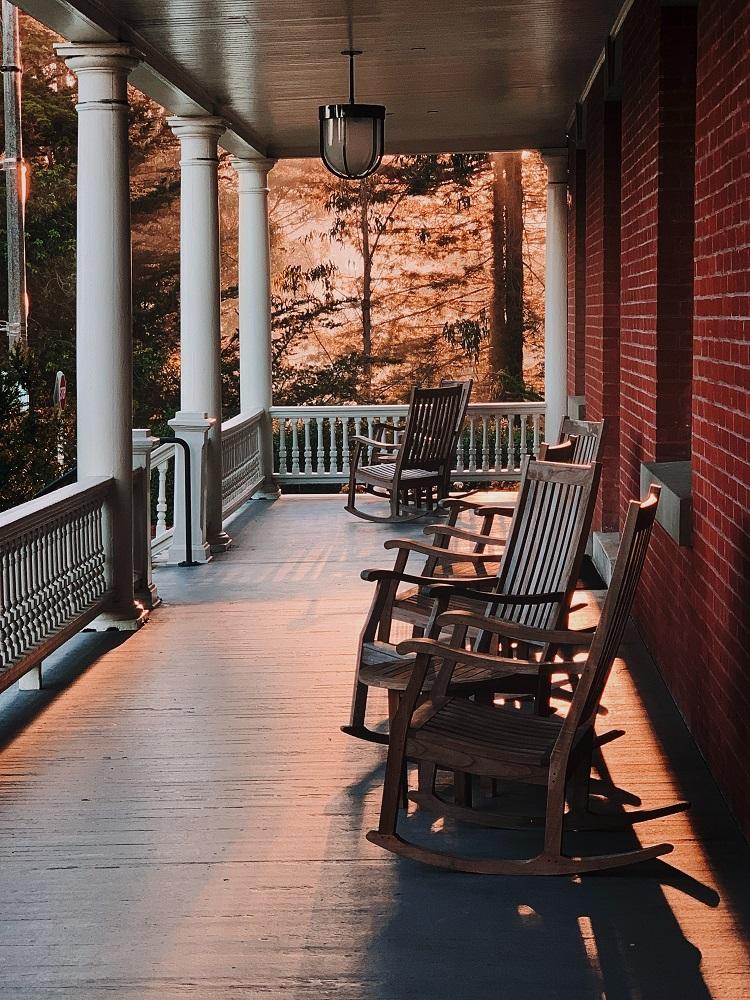
3. Extra Room
Extra rooms are always a big bonus for any family. A veranda can add much-needed space to your house for your children to play. Beyond that, it can serve as an excellent place for you and your family to dine in. Not to mention, it can help protect your outdoor furniture from rain and other weather elements.
4. Visual Appeal
Consider looking at two houses at the same time, one with a veranda and the other without any outdoor structure. We bet the house with a veranda will look way more aesthetically pleasing than the one without. Needless to say, a veranda adds to elegance and a feeling of wholeness to a house.
Even though these spaces come in a wide range of styles and construction, the end result is the same.
5. Entertainment
A veranda is a good place to host get-togethers, and social events. It can be used for lounging requirements for your guests. Additionally, veranda spaces provide access to natural light from the sun, which is beneficial for health.

Basic Differences Between All The Other Outdoor Structures
Most people often tend to confuse porches, decks, patios, balconies, and verandas. That’s why in this section, we will be explaining the basic differences between all the other structures. So, let’s begin!
1. Deck
Usually, a deck is a roofless platform typically attached to the main house. They are generally made of lumber and are installed above the ground level. This part of the house can include spaces for BBQing, dining, and casual seating. More often than not, decks are covered by a railing. However, in some cases, they are covered by a canopy or pergola.
Such structures can be found in commercial and residential buildings and are considered remarkable because of the urban look they provide.
2. Patios
As far as patios are concerned, they represent the outdoor space of your house; it can be a relaxing area or even a garden. Based on their size, patios can be partly enclosed and uncovered. Generally, they are made of flagstones, gravel, stones, concrete, or bricks. A patio is typically attached to the house, but it depends on your needs and wishes.
3. Balcony
Speaking of the balcony, is an outdoor extension of the upper floor of a building with an averagely-sized railing. Wrought iron balconies are eye-catching and are installed widely, especially by apartment owners, as they can’t own a yard of their own.
4. Porches
If you wonder what could be the difference between a porch and a veranda, then let us tell you that the former is a low and covered structure. A large porch comes with a roof, making it an ideal place for relaxing in the summer. And they are installed at the entrance of a building.
On the other hand, a veranda stands for all types of roofed platforms around a house, giving access to both front and back entrances.
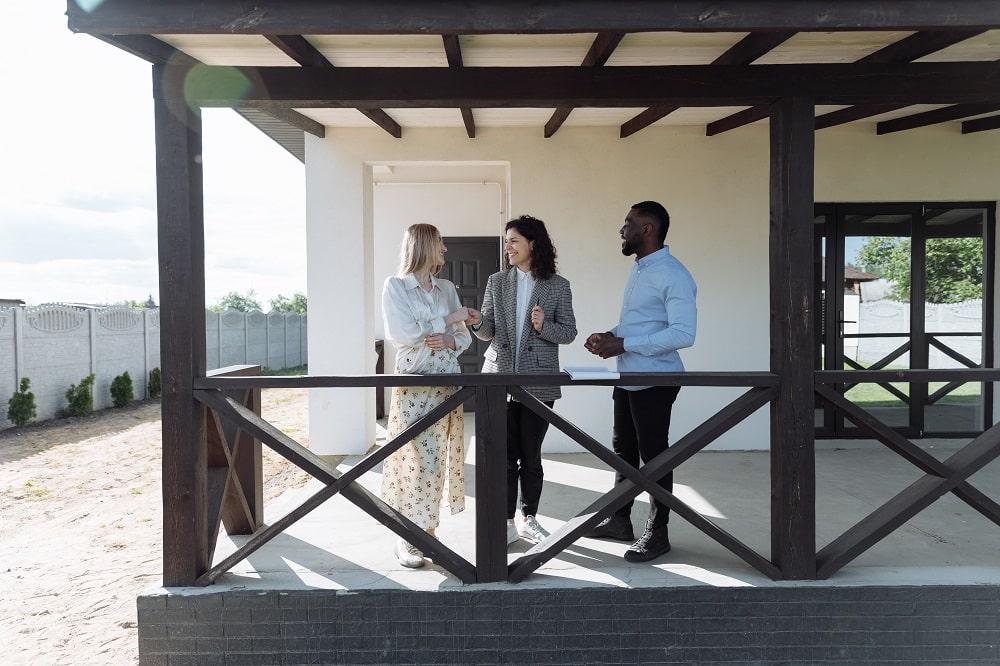
Factors To Keep In Mind Before Installing A Veranda
Now, let us look at some of the important factors that you should keep in mind before you install a veranda.
1. Budget
Perhaps, the most important factor is your budget. Before installing a veranda, you have to consider things like labor, materials, types, and size. We would highly recommend getting in touch with a professional construction company as they will tell you the estimate of the cost that you will have to bear.
2. Permissions
You must get the required permissions from the local authorities before you build a veranda in the house. Usually, the company installing the veranda will help you out in this regard, so it will not be much of an issue.
3. Types
There are a ton of veranda designs available on the market; some of the most popular ones are:
- Pergola
- Traditional veranda
- Gazebo veranda
- Curved roof veranda/ contemporary verandas
Final Thoughts
That brings us to the end of our informative guide.
We hope by now you have all the answers to the question: what is a veranda? Before we wrap things up, we’d like to remind you that a veranda can increase the value of your home, both financial and sentimental. Therefore, it’s best to get one installed and ensure that it is done only by professionals.
So, that was pretty much everything you needed to know about a veranda. Hope to see you soon.
Related Links
29 Mid-Century Homes – Exterior and Interior Examples & Ideas
12 Swimming Pool Types, Designs, and Styles
Cellar vs. Basement vs. Crawl Space 101
What Is A Linear Foot | Architect’s Information
What Is A Pony Wall? | Things To Know



